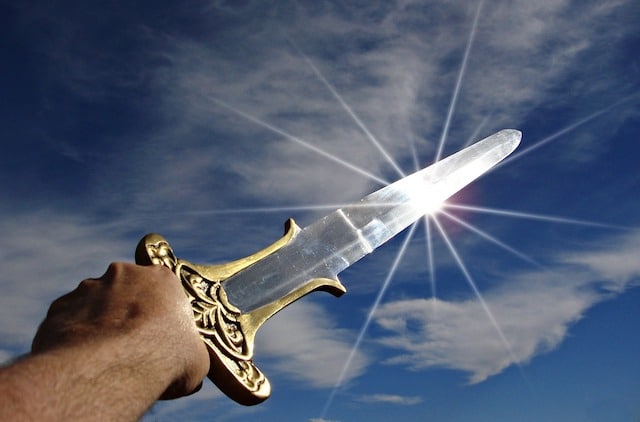Since 2005, Internet Day has been celebrated annually on May 17th by several countries around the world. This day is marked by events that aim to pay tribute to this communication and information system. We have certainly come a long way from loud modem routers that took 5 minutes to connect to unlimited high-speed broadband and phone deals. 4G internet is currently on the rise and this has only been possible thanks to the large cable companies that offer services at very affordable prices while maintaining the quality of service at a high level. Thus, making broadband offers for everyone and helping people get connected.
Today we bring you the most interesting facts about the Internet and the World Wide Web that you may not know and that will help you better understand the significance of these broadband and phone internet deals:

1. In August 1962, Joseph Carl Robnett Licklider, a computer scientist working at the Massachusetts Institute of Technology (MIT), sent out a series of memos discussing a concept called the “Galactic Network.” Licklider visualized a world of interconnected computers through which data and programs could be quickly accessed from anywhere. It was the first sketch of what the Internet is today. There were about 10,000 computers at the time.
2. The Internet is a shortened version of a number of concepts that began to emerge in the 1960s. In 1974, the word "Internet" first appeared in a book called "Internet Transmission Control Program." It comes from the concept of "internetworking" or "internetworking."
3. The first email was sent by Raymond Samuel Tomlinson. This Amsterdam-born programmer implemented a program on the Arpanet (the precursor to the Internet) that allowed emails to be sent between two users on different servers. To separate the username from the machine name, use the @ symbol. Tomlinson doesn't remember what was in the first email because it was just a test. However, in an interview, he said it was something like "QWERTYUIOP."

4. Tim Berners-Lee, a British engineer, wrote a paper on March 12, 1989, proposing a global hypertext system that we know today as the World Wide Web (WWW). It was a different way of organizing information and integrating existing services in one place. Berners-Lee is now a lecturer and advocates for net neutrality.
5. In 2019, 3.9 billion people are expected to be connected to the Internet, or 51 percent of the world's population, according to Cisco. In 2000, there were 414 million. In 2005, it reached 1,000 million. In 1995, only 1 percent of people had an internet connection.
6. The only country where 100 percent of the population has internet is Iceland. In Colombia, the percentage is 56.9 percent, followed by Venezuela (57.9 percent), Uruguay (65 percent), Brazil (66.4 percent) and Argentina (69.2 percent). China has the largest number of connected people (721 million), but that only accounts for 52.2 percent of its population.

7. Facebook has 1,940 million users and is the most used social network on the planet. WhatsApp and Facebook Messenger follow with 1,200 million. YouTube has 1,000 million, followed by WeChat with 889 million and QQ with 868 million. Instagram has already reached 700 million.
8. The three most commonly used passwords in the world are "123456," "password," and "12345," according to security app company SplashData.
9. MP3 was invented in 1991, but its popularity was increased by the file sharing system Napster, created in 1998, the Winamp player and, subsequently, the first generation of the iPod.
10. The first ever webcam was used to monitor the operation of a coffee machine. It was implemented in the computer lab at Cambridge University. Engineers wanted to know if the coffee was ready before going down it - the machine was on another floor.

11. The first tweet was sent on March 21, 2006. The main reason why the "microblogging" platform adopted the 140-character limit was originally due to the nature of the system: since it was an SMS-based network, it had to adapt to the existing limitations: operators limited this method of communication to a maximum of 160 characters. They left 20 characters free so that the username could be included.
12. Robert Tappan Morris created the first "worm" in history. His goal was, in principle, benign: Morris wanted to determine the size of the Internet. However, his program contained a bug that turned the "worm" into a malicious "virus" capable of destroying computer equipment. In 1988, 6,000 computers were affected by it. The damage was estimated at $100 million. This event provoked "denial of service" (DDoS) attacks.
13. WannaCry is far from the most destructive piece of malware in history. In May 2000, millions of Windows users received an email with the subject line “ILOVEYOU.” When you opened the attached file, the malware was triggered, infecting 50 million people in almost two weeks. Organizations such as the CIA, the Pentagon, and the British Parliament were affected. The creators of “ILOVEYOU,” two young Filipinos, were spared a fine or arrest because there were no cybersecurity laws in the Philippines at the time.

14. Netflix creator Reed Hastings conceived the business idea for the platform in 1997. It was the result of a $40 fine imposed by BlockBuster. Hastings took longer than the billed amount to deliver the film Apollo 13, which resulted in the fine, so he wanted to invent a service that would eliminate the existence of time limits to enjoy the best cinema products.
15. The ECLAC report, “State of Broadband in Latin America and the Caribbean, 2016,” shows that in Latin America, the number of households connected to the Internet has grown by an average of 14.1 percent per year over the past 10 years. According to statistics, 10.3 percent of the world’s Internet users are in this region.













Оставить Комментарий